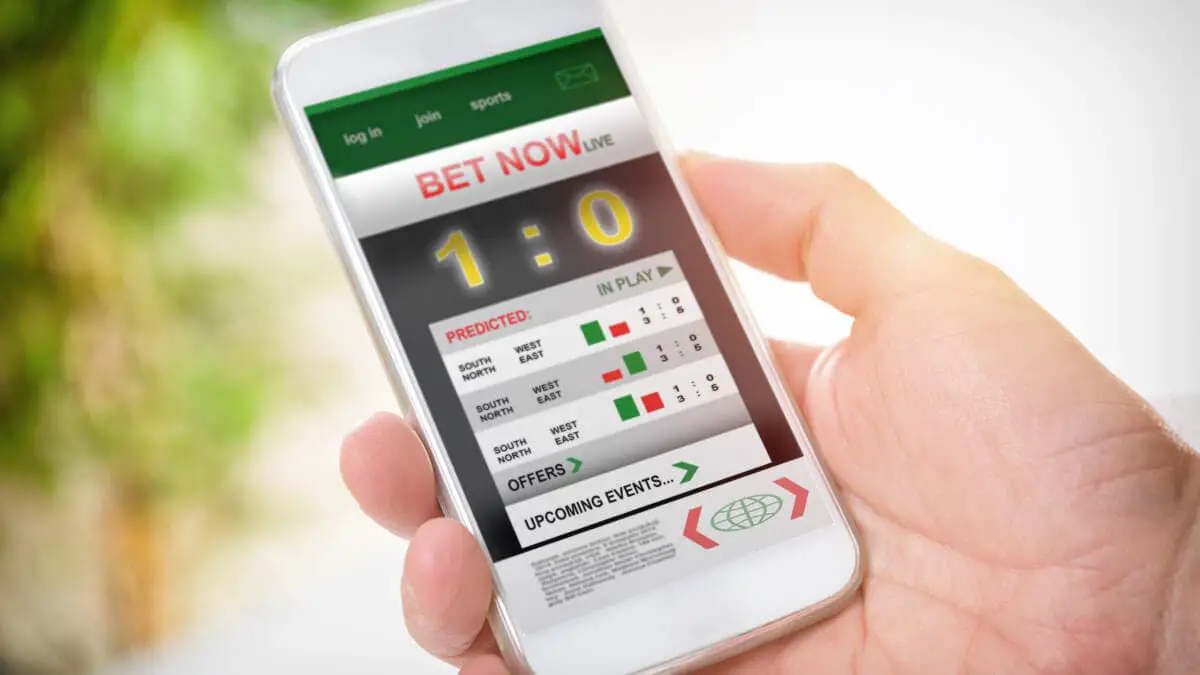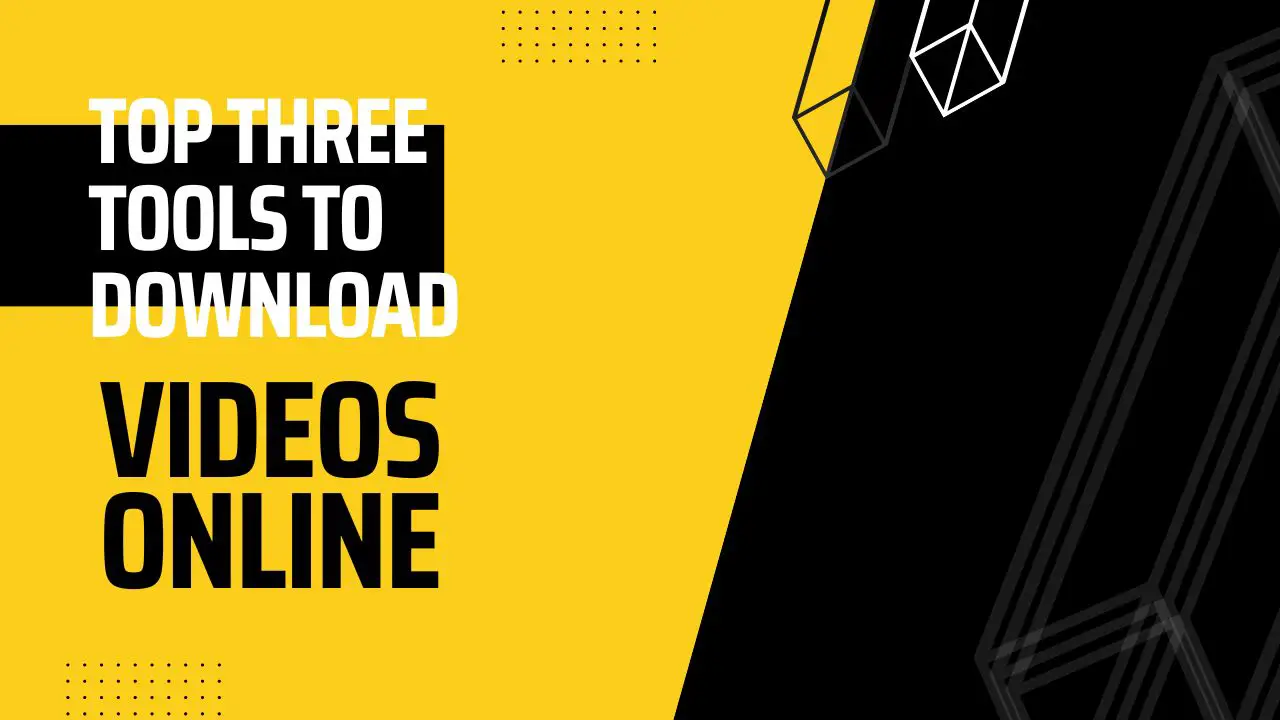There may be no better time than the present to launch a financial tech venture. Per the Economist, investment in fintech is booming right now – attracting $34 billion in venture-capital funding in Q2 of 2021 alone. (TechCrunch puts the yearly investment in global fintech at an astounding $131.5 billion, nearly triple the investment over 2020).
Most of those dollars are heading toward start-ups, many of which capitalize on increased smartphone penetration to create popular mobile apps.
In this post, let’s explore how you can be one of those successful start-ups – how you can build a powerful fintech app in 2022. There’s a common misconception that fintech entrepreneurs need to master both sides of the coin (to be experts in “financial” and “tech,” in other words), but that isn’t necessarily the case. All you need is a solid grasp of finance, an intelligent business plan, and a strategic partnership with transparent mobile app developers. Let’s take a closer look.
Types of Financial Apps
Before delving into the building process, let’s take stock of the types of financial apps you can create. If there is a subsection of finance that you are particularly passionate about, allow that interest to spur you in the ideation process. If you know you want to enter fintech but aren’t quite sure where to place your efforts, consider these options:
- Personal budgeting apps
- Currency exchanges
- Stock market investment apps
- Mortgage calculation and management
- Professional accounting
- Tax education and support apps
- And cryptocurrency
Consider these broad categories as a launchpad for more specific, specialized ideas.
Building a Successful Fintech App
Many great business ideas start by identifying a problem. What’s a common frustration or inconvenience for people concerning finance? The problem can be administrative (i.e., accountants lack a central hub in which to evaluate all expenses and profits), technical (i.e., average people lack a simple way to send money overseas) or analytical/educational (i.e., investors don’t have ready access to data, or households lack resources concerning their mortgage options).
Once you’ve localized and defined a problem, think about how an app might potentially provide a solution. Research competitors in similar fields to understand what your target users may value, and what areas for improvement still exist. Next, you can validate your idea on your own – but it’s better to do so in collaboration with trustworthy mobile app developers.
The partnership is pivotal to the success of a fintech app. Ideally, you want to partner with a mobile app developer who will be highly involved in the discovery & strategy, validation, and research processes. These nascent stages of app development require collaboration to ensure success down the line – a developer who’s with you from the beginning will have a better grasp on what your concept requires as you move into the design, development, and testing stages.
Speaking of: As you oversee the development and testing phases, you should pay special attention to security and assistance. Remember, your app deals with real people’s money; it needs robust security features (two-factor authentication, etc.), encryption, and secure architecture and code. You should also build “access to assistance” into your app, through AI-powered chatbots that can answer user concerns and queries.
The information above is a necessary simplification of a complex process, but hopefully, you can glean a few critical insights. Review your options for types of fintech apps, take time to validate your idea, choose an app development partner who will collaborate throughout the process, and emphasize security and assistance.






